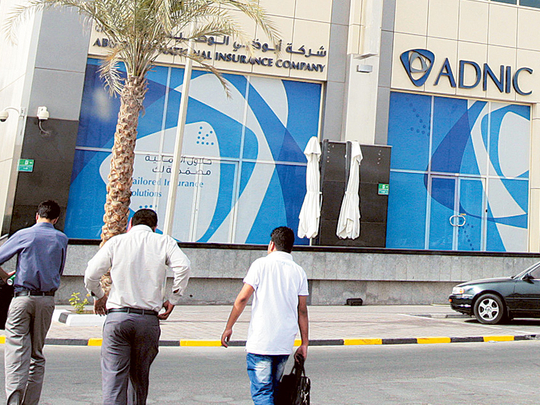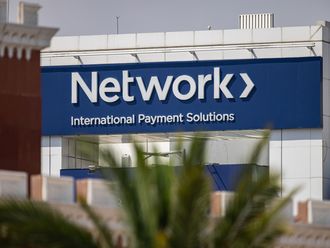
Dubai: The UAE’s listed insurers, who reported the worst-ever underwriting performance last year, are expected to recover strongly this year, thanks to a positive economic outlook, sustained growth in population and collective growth in dominant consumer lines such as motor and medical insurance, according to Standard & Poor’s.
“The positive economic outlook for the UAE — we forecast 4 per cent annual average GDP growth — is likely to support expansion of the market for insurance by 10 per cent in 2015. Weaker oil prices may be a drag, but comfortably balanced by continuing population growth that we forecast to increase by 5 per cent through to 2018,” said Standard & Poor’s credit analyst Kevin Willis.
In 2014, for the first time in many years, the 29 listed insurers as a whole showed a net underwriting deficit, with an aggregate combined ratio of 102 per cent compared to versus 97 per cent for 2013, and return on equity of 5.6 per cent compared to 10 per cent in the previous year. A combined ratio over 100 per cent represents a loss, and under 100 per cent a profit, as it measures claims and expenses to premium income.
“The main reason 2014 earnings sagged was the fiercely competitive market for high-volume medical and motor lines. We believe that insurers will stop reducing prices in these lines of business, which should help earnings start to recover by end-2015,” said Willis.
Of the 29 insurers, 12 reported combined ratios of more than 100 per cent, of which six were conventional and six were takaful. Of those 12 companies in deficit at the underwriting level, 11 were also in deficit in 2013. But one new entrant, Adnic, the second-largest insurer with a 17 per cent market share, announced large underwriting losses and a net deficit for the year, which pulled down the combined ratio. If Adnic’s results were excluded, the listed market’s combined ratio looks much better, at 96 per cent and return on equity at 8 per cent, almost exactly where it was in 2013.
Total reported gross premium written (GPW) grew 9 per cent, reaching a total of Dh15.9 billion ($4.3 billion). The six largest insurers (excluding Salama, which showed another fall in volume in both Africa and Asia) saw GPW climb by 12 per cent and market share hold steady at 61 per cent in the highly competitive UAE market, particularly for medical and motor insurance.
Takaful sector
The takaful sector did show an improvement in net earnings, with profits of Dh74 million in 2014 against losses of Dh97 million in 2013.
The sector’s return on equity (RoE) was up at 3.9 per cent versus -5.1 per cent in 2013. The better showing was helped by a recovery at Salama, now back to making a net profit.
Of the seven takaful companies, five recorded net profits in 2014, compared with only three in 2013. Four conventional insurers (including Adnic) reported net deficits in 2014, compared to two in 2013 and all had combined ratios well above 120 per cent.










